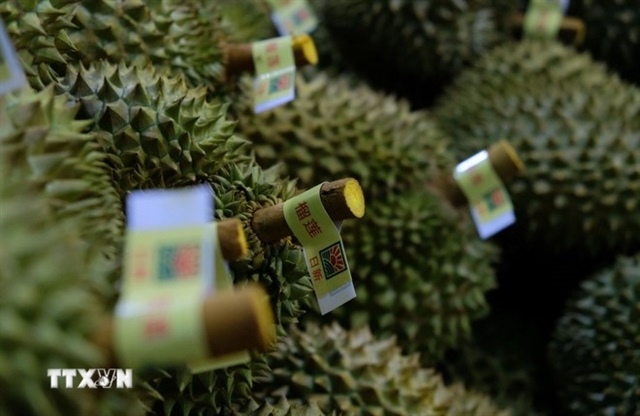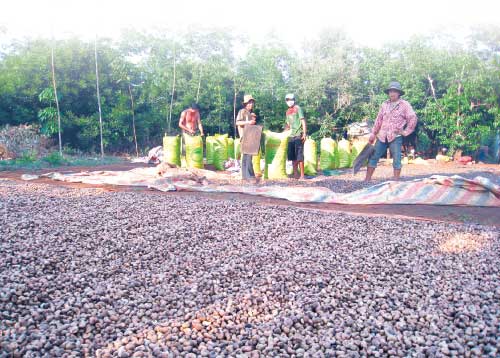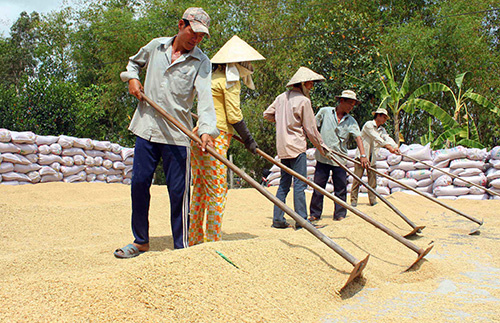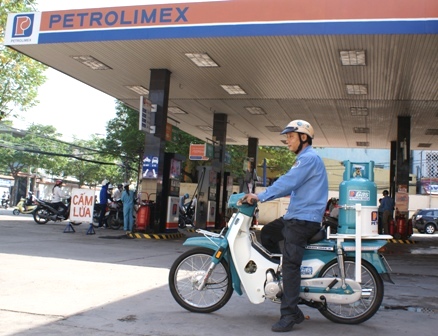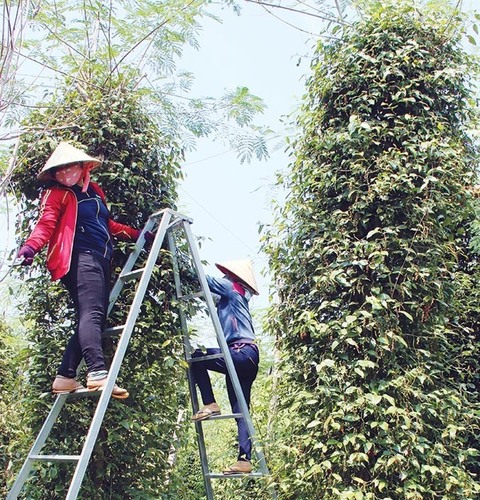Vietnam's 2018/2019 coffee output to fall sharply: industry body
Vietnam's 2018/2019 coffee output to fall sharply: industry body
Low water levels and threat of a drought in Vietnam’s main coffee growing region would hurt this year’s output in the world’s second-biggest producer of the bean, the Vietnam Coffee and Cacao Association said on Tuesday.
The Central Highlands, Vietnam’s main coffee growing region, is in the peak of its dry season, which lasts from November to April, and several provinces have recorded low water levels in both rivers and water reservoirs, local media have reported.
“At the beginning of the dry season, some areas of the Central Highlands severely lacked water and drought is expected to be severe during the dry season,” the association said in a statement on Tuesday.
Rain is expected at a lower-than-average level during February-May this year but could pick up to the average level during May-August, the National Center for Hydro-Meteorological Forecasting agency said in its latest forecast on Feb. 15.
Falling coffee prices also discouraged farmers from looking after the coffee trees, the association said, adding that it could affect the beans’ quality and output for the 2018/2019 crop year, for which harvest is due around November or December.
“Coffee output of this crop year and the crop year after that will fall significantly,” the association said, adding that the coffee plants are also affected by insects.
Domestic coffee prices COFVN-DAK have fallen much from a six-year high reached in March 2017 of 47,650 dong ($2.05) to hover in between 32,700-38,250 dong so far this crop year, Reuters data showed.
A Reuters poll last month showed Vietnam’s coffee output is expected at 30 million 60-kg bags in the 2018/2019 crop year, up from an earlier estimate of 28.5 million bags.
The United States Department of Agriculture in December also revised up its 2018/2019 coffee output estimate for Vietnam, including both robusta and arabica production, to 30.4 million bags from a 29.9-million-bag forecast earlier.



